The Montessori method is a popular education philosophy created by Maria Montessori. Today, people use the method at home or school. Yet, you might wonder, what value do Montessori classrooms offer? How is the Montessori method different from traditional preschools and education?
The Montessori method is a popular education philosophy created by Maria Montessori. Today, people use the method at home or school. Yet, you might wonder, what value do Montessori classrooms offer? How is the Montessori method different from traditional preschools and education?
Are you deliberating between Montessori vs. traditional education for your child's schooling? Here are 5 main differences between Montessori and traditional education.
1. Follow the Child vs. Teacher-Centered
In traditional classroom settings, teachers set the agenda. Teachers decide what students will work on and when. Students don’t get to choose what they’ll work on or have an influence on topics.
The Montessori classroom is child centered. Teachers provide a range of activities and materials to work with. However, it’s the students who choose what to work on and when. Parents and teachers encourage children to show their interests.
For example, imagine some preschoolers who enjoy a water pouring activity. Teachers might invite them to learn how to measure water or how to make lemonade. This motivates students, as they have more agency in the learning process.
To ensure children explore all academic areas, teachers also guide children to new activities.
Montessori teachers also follow each child in a way that helps them learn at their own pace. The Montessori curriculum uses a prepared environment, where students can access activities at all levels. In a Montessori classroom, some students practice writing stories while others are still learning the shapes of letters. Some students perform experiments while others polish shoes.
In Montessori classrooms, students learn and grow on their own schedule. Dr. Maria Montessori observed that children experience sensitive periods. During these times, children are ready to learn certain things.
For example, from birth until age 6, children are in a sensitive period for language. Children easily pick up spoken and written language during this time. Yet, Montessori also noticed that children pick up skills when they're ready to learn them. So, while some children learn to read and write at age 3 or 4, other children aren't ready until they're 6.
2. Multi-age Classroom vs. One Age
Step into a classroom at your local elementary school and you’ll find that the students are all the same age. At most, a child might be 6 to 12 months older or younger than the others.
Yet, in a Montessori classroom, you’ll see a three-year gap in age from the oldest child to the youngest child. Montessori classrooms are divided by age into 3-year periods.
For example, preschoolers and kindergarteners from ages 3-6 share a classroom. This way, the older children learn leadership skills. At the same time, younger children are motivated by the older one’s abilities.
Plus, multi-age classrooms help children build social skills. For example, an older child may help a younger child tie their shoes, building empathy and kindness.

3. Holistic vs. Academic Education
The typical school day for a traditional student includes math, reading, writing, and maybe some science or history. Mostly, teachers focus on these academic skills. Some schools also include the arts, music, and other extras like physical education. Yet, other schools cut them out or give them little priority.
In Montessori schools, students get a more holistic approach. The Montessori curriculum includes academic subjects, however, students also spend time on grace and courtesy lessons. These lessons focus on social emotional skills such as how to express emotions and how to be polite.
Practical life skills are another important area that helps children learn to be more independent. Practical life activities help children boost fine motor skills and improve concentration.
In addition, teachers encourage students to express themselves through art, music, and theater.
4. Hands-on Learning vs. Worksheets
Teachers use more toys and learning manipulatives in classrooms today than in the past. However, many traditional schools rely on worksheets. Students spend lots of time writing, coloring, and completing math worksheets.
Montessori schools make use of paper, but the focus is on learning materials and activities. Montessori materials help children learn certain skills and concepts. Involving all the senses, these materials are also fun and engaging. For example, children trace sandpaper in the shape of letters to learn how to write the letter and its sound.
The Montessori environment offers a range of materials for children at various stages of learning. Plus, the materials also help children develop fine and gross motor skills in age-appropriate ways.
For example, while learning about quantity and size, students build towers of blocks and cylinders. The Pink Tower is one popular material that shows size and quantity. The smallest cube is exactly one tenth the size of the largest.
Children also learn to use kid-safe knives in practical life activities. Additionally, students practice balancing on balance boards and logs during recess. This hands-on, sensory-rich approach to education makes learning fun and exciting.
5. Freedom of Movement vs. Rigid Environment
Do you remember needing to get a hall pass to go to the bathroom in elementary school? In most traditional schools, teachers restrict movement. Even students in kindergarten may have to sit quietly at a table for a long time while working. Yet, experts agree that sitting still isn’t developmentally appropriate for children.
Montessori knew that children are wiggly! She found that allowing students to pick their workspace on the floor or at a table helped a lot. At Montessori schools, children may have to ask to use the bathroom but may generally go whenever they need to.
Also, children may move around the classroom as long as they aren’t disrupting other children. In fact, there are many Montessori activities that involve walking or moving in the classroom. Students may walk carefully around a circle or even create a maze they walk through. Another variation is walking while balancing a bean bag on their head.
Montessori vs. Traditional: A World of Difference
Montessori offers many advantages and benefits for students. The Montessori method helps children grow into their best selves! By incorporating both academics and character growth into the Montessori curriculum, children enjoy a holistic education.
You can also bring many ideas from the Montessori philosophy into your home. A few ways to get started include cooking together, encouraging your child's independence, and following your child’s interests.
What do you think of the Montessori philosophy? Share your thoughts below or on social media.
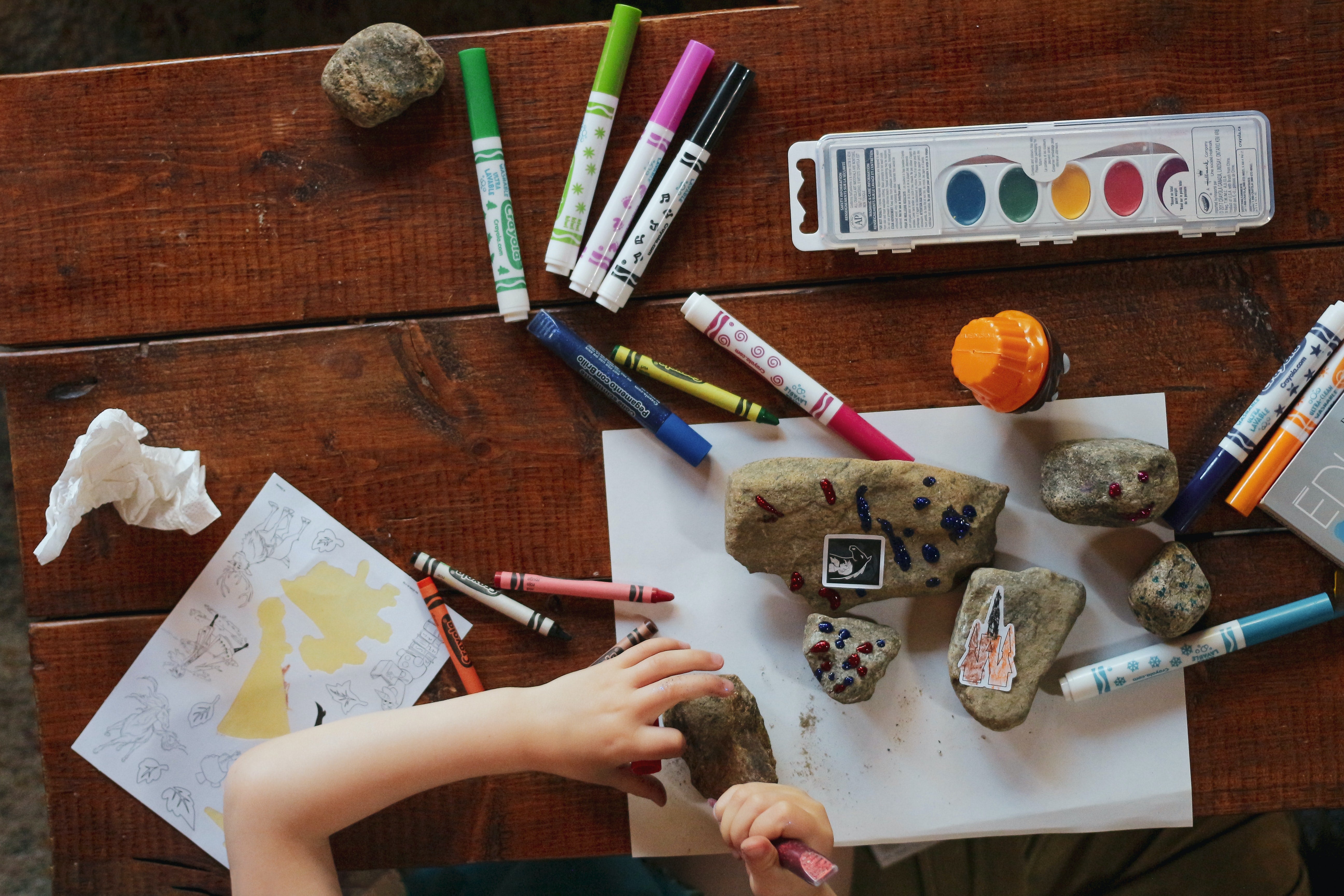

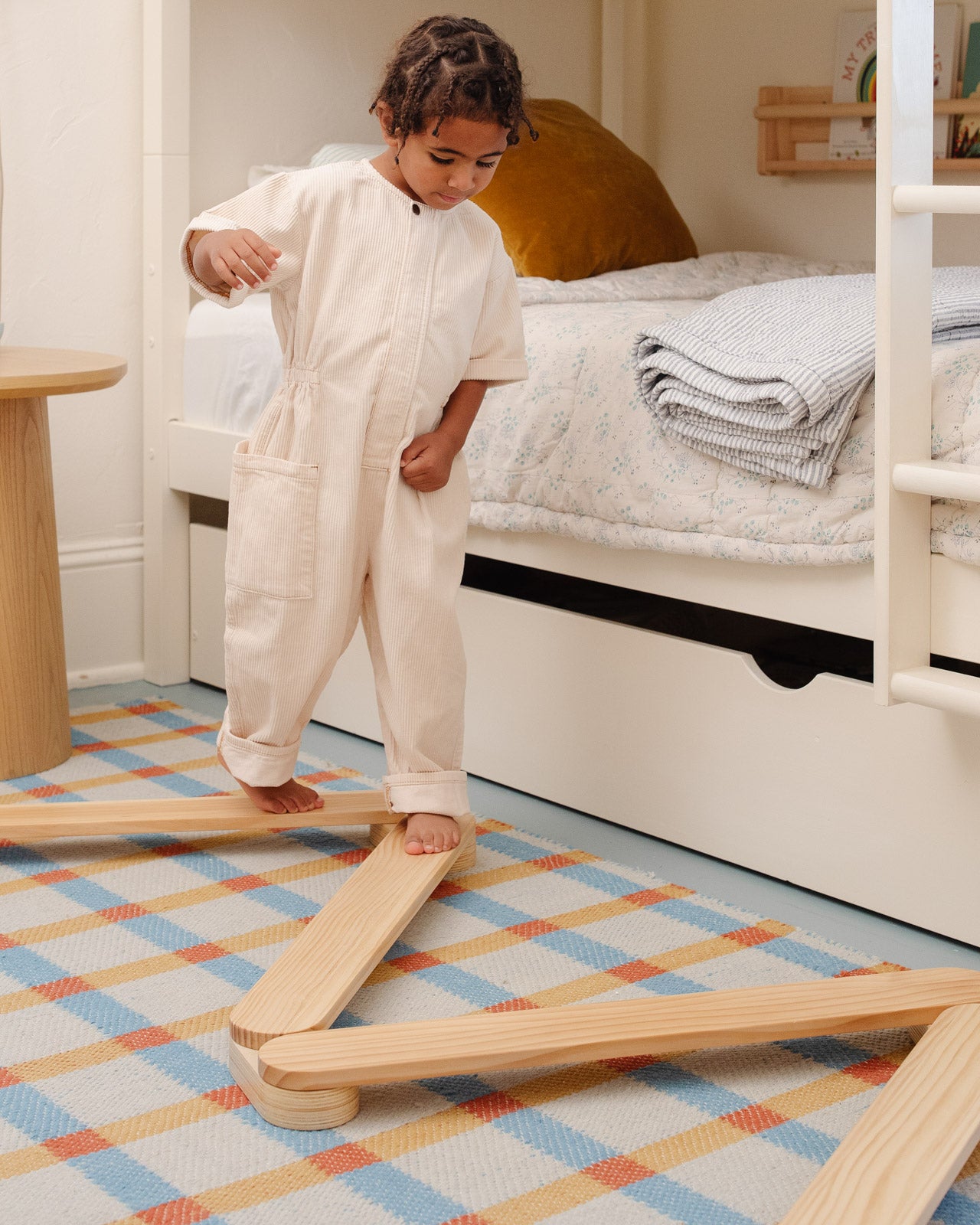

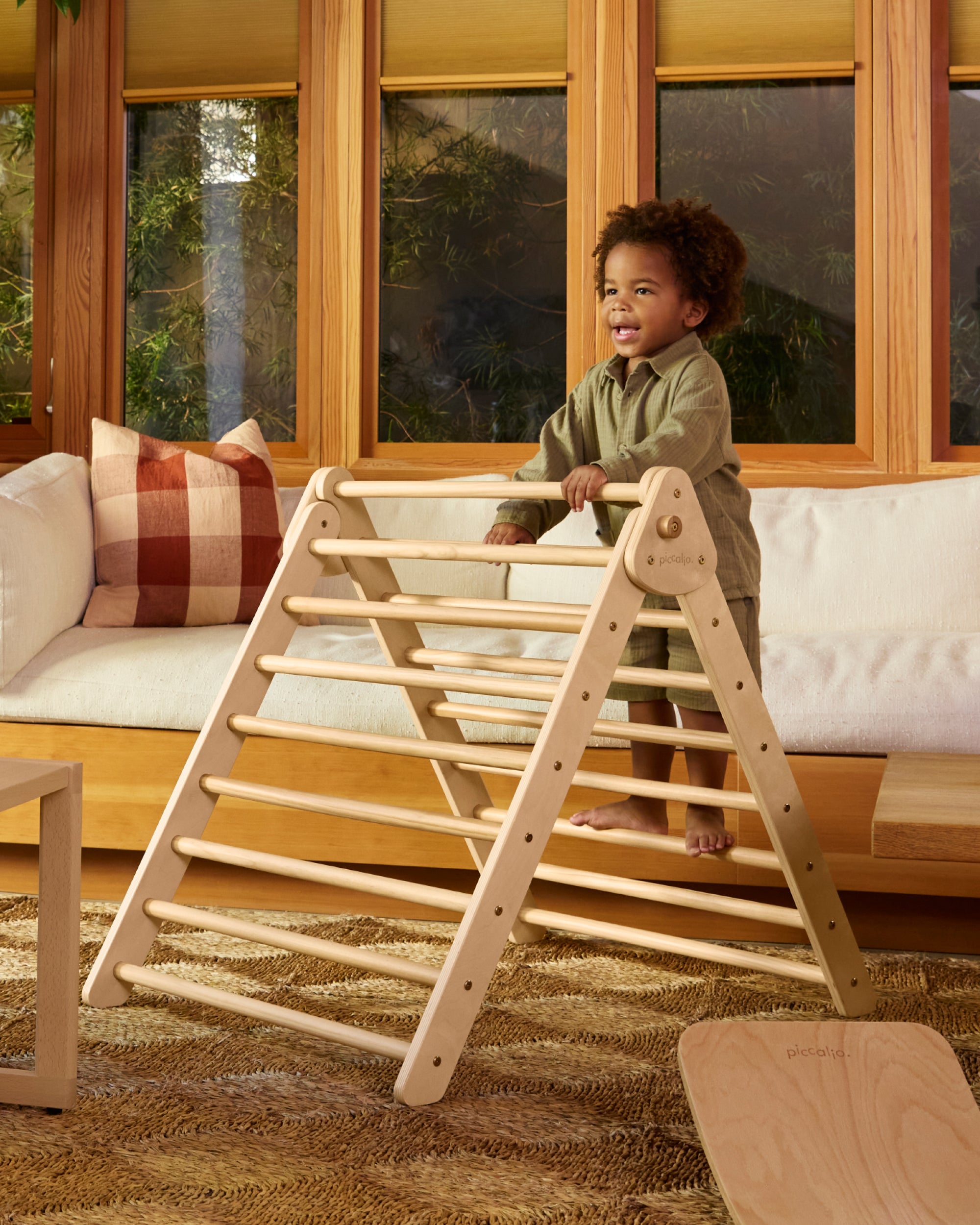
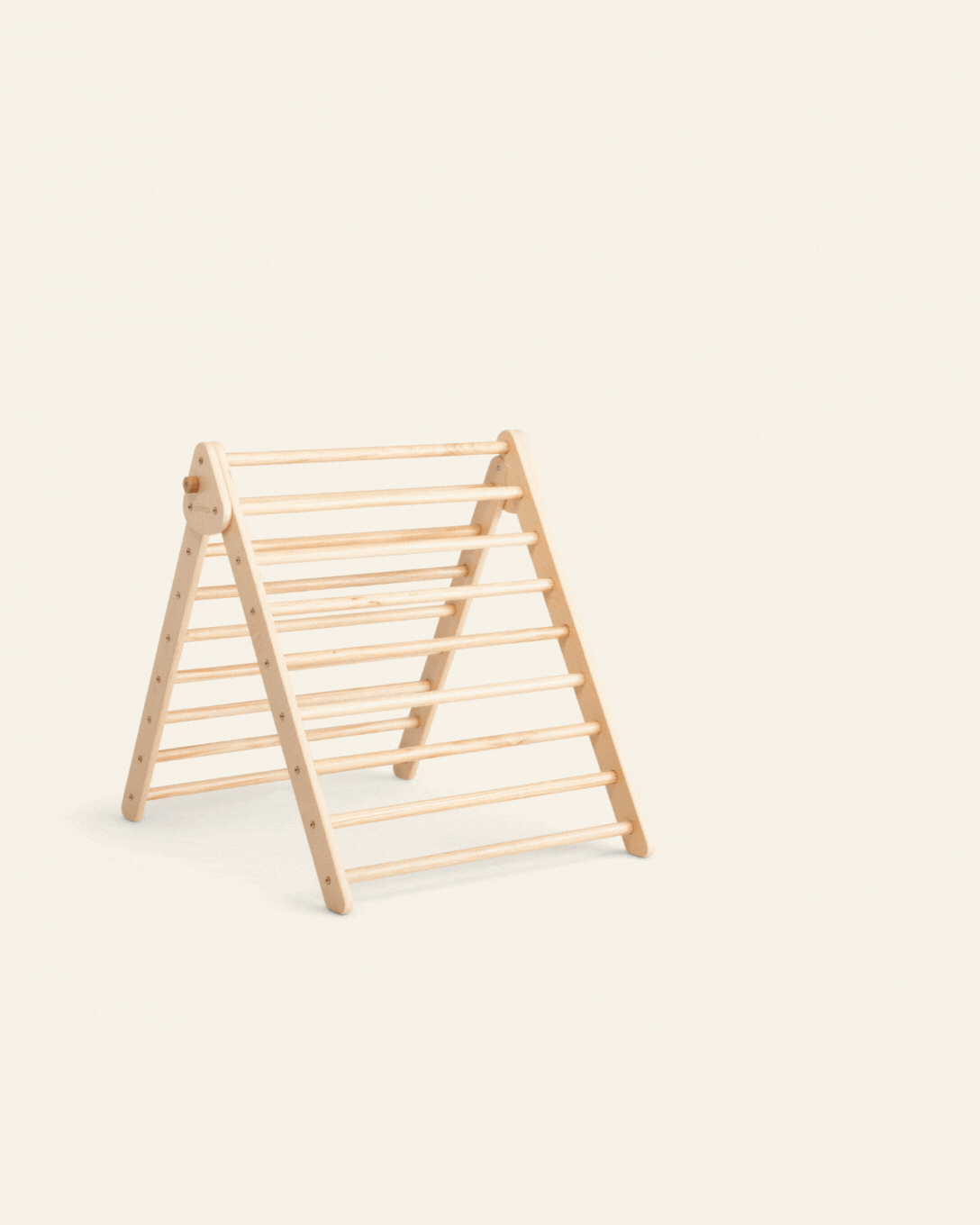
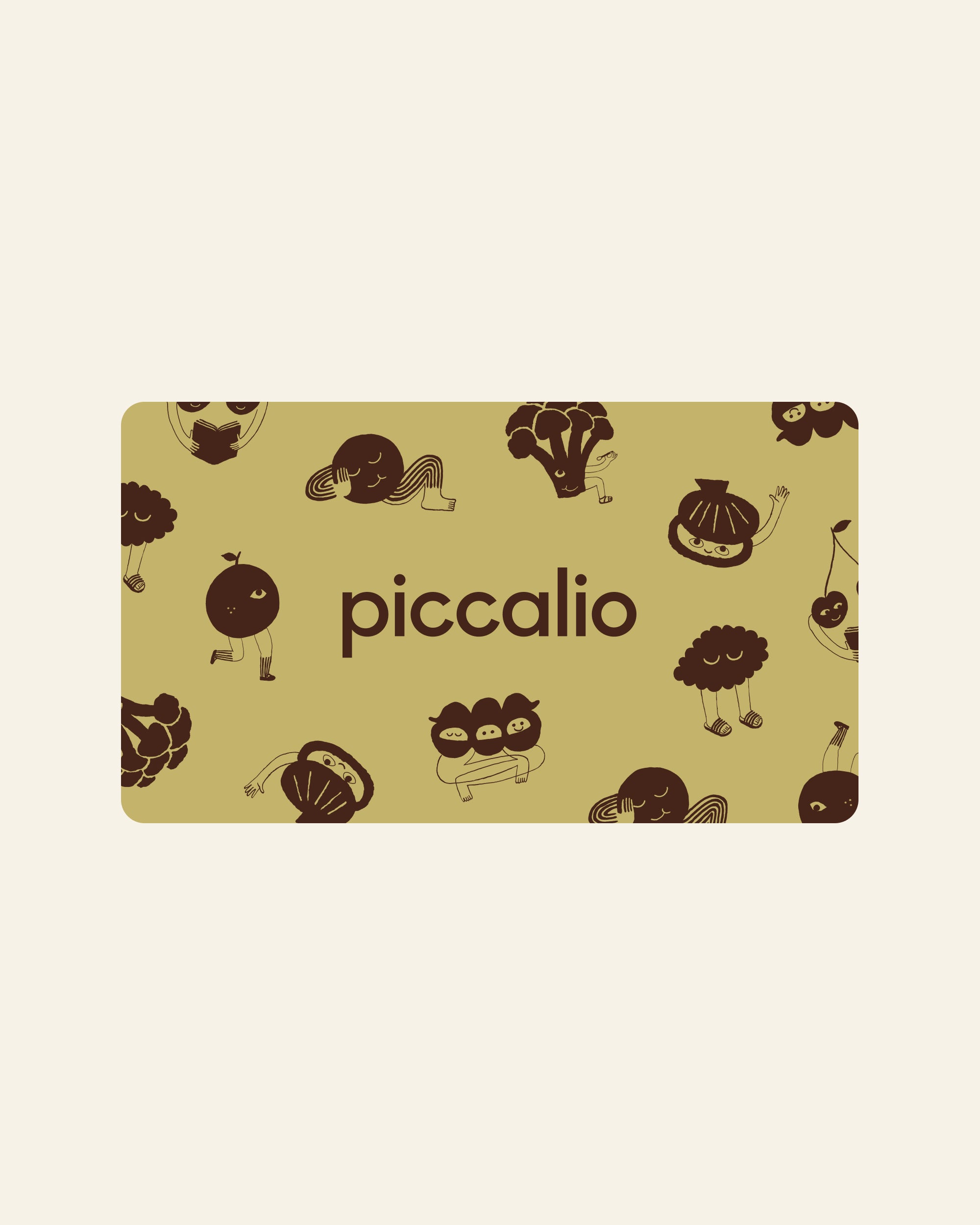
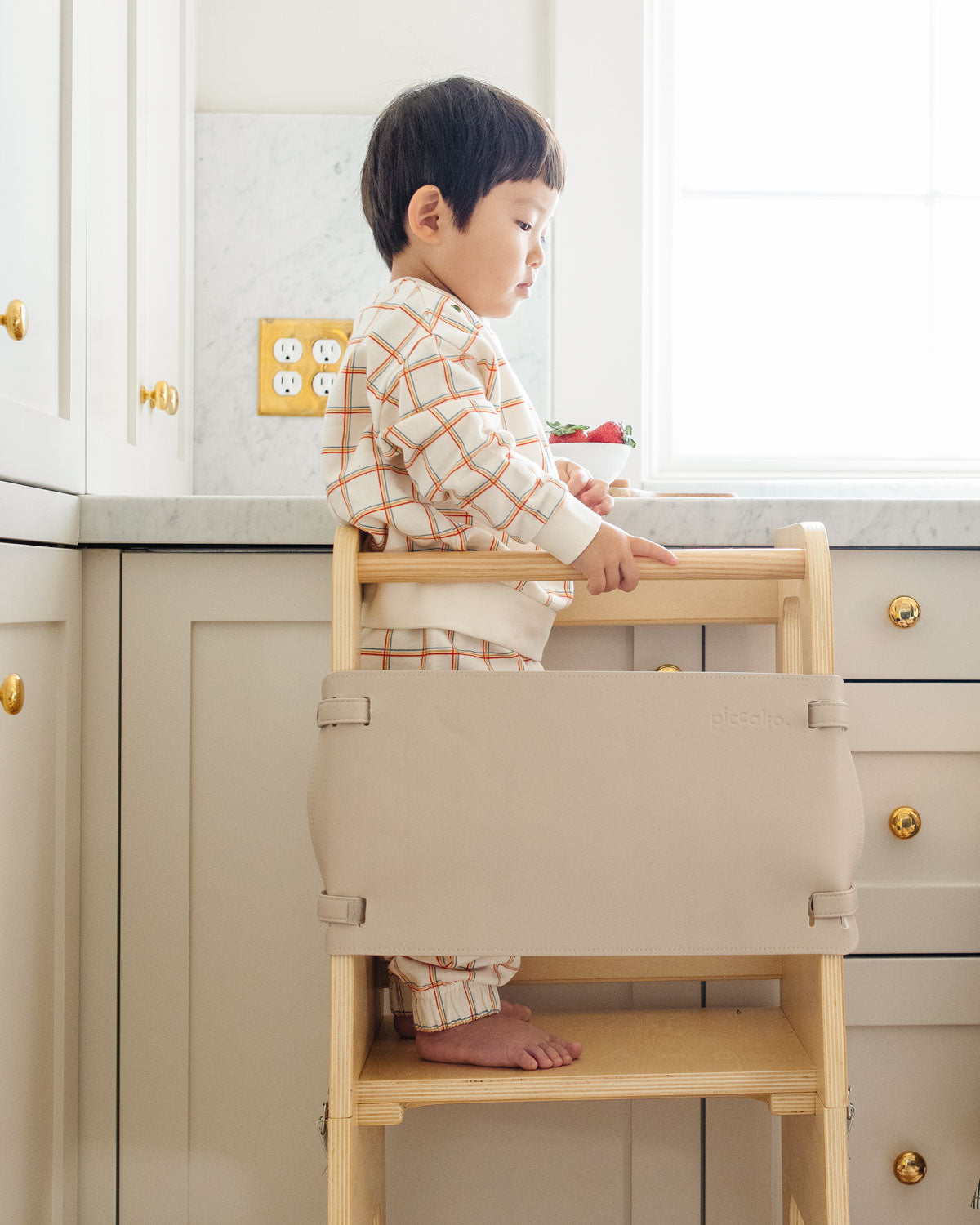



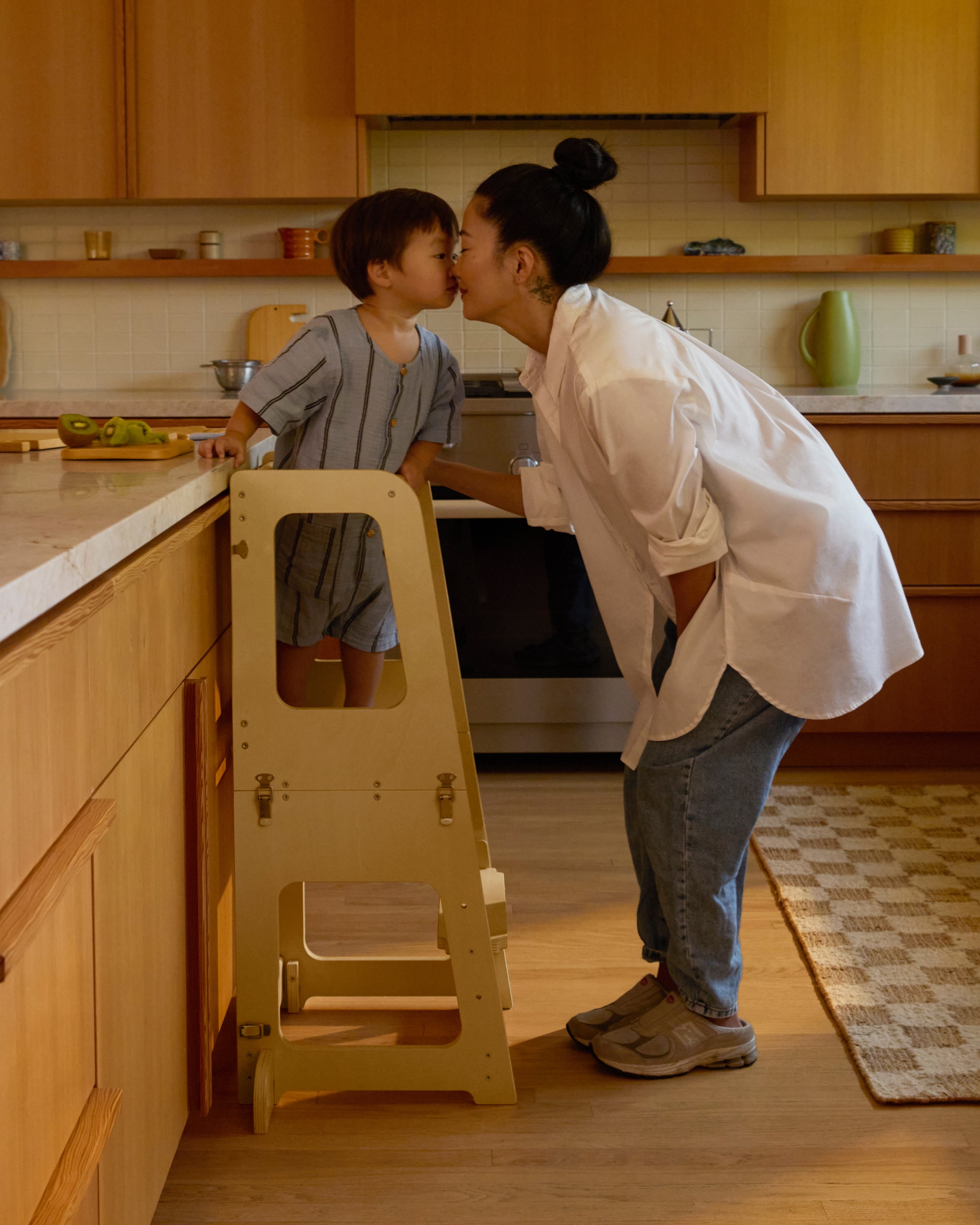
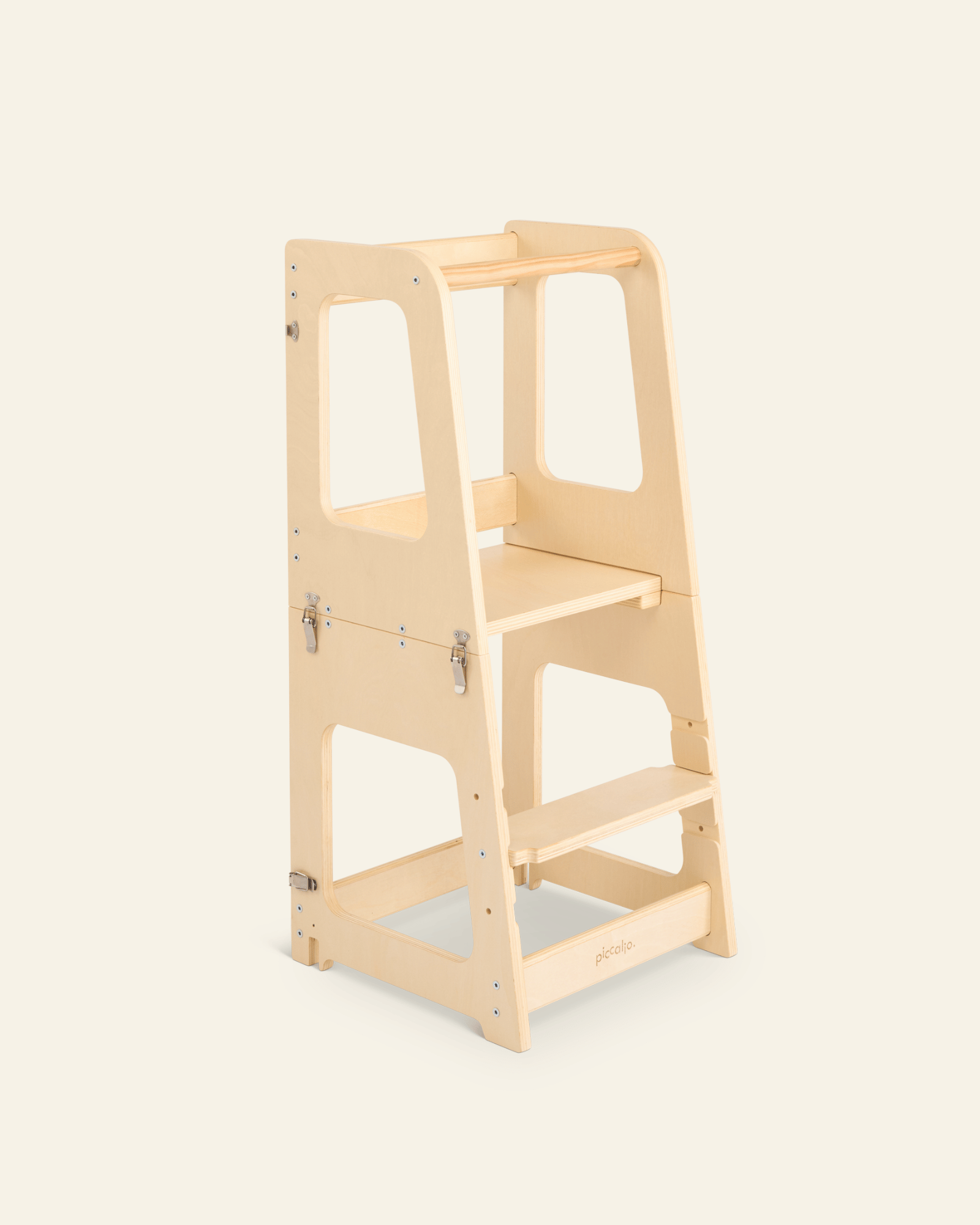
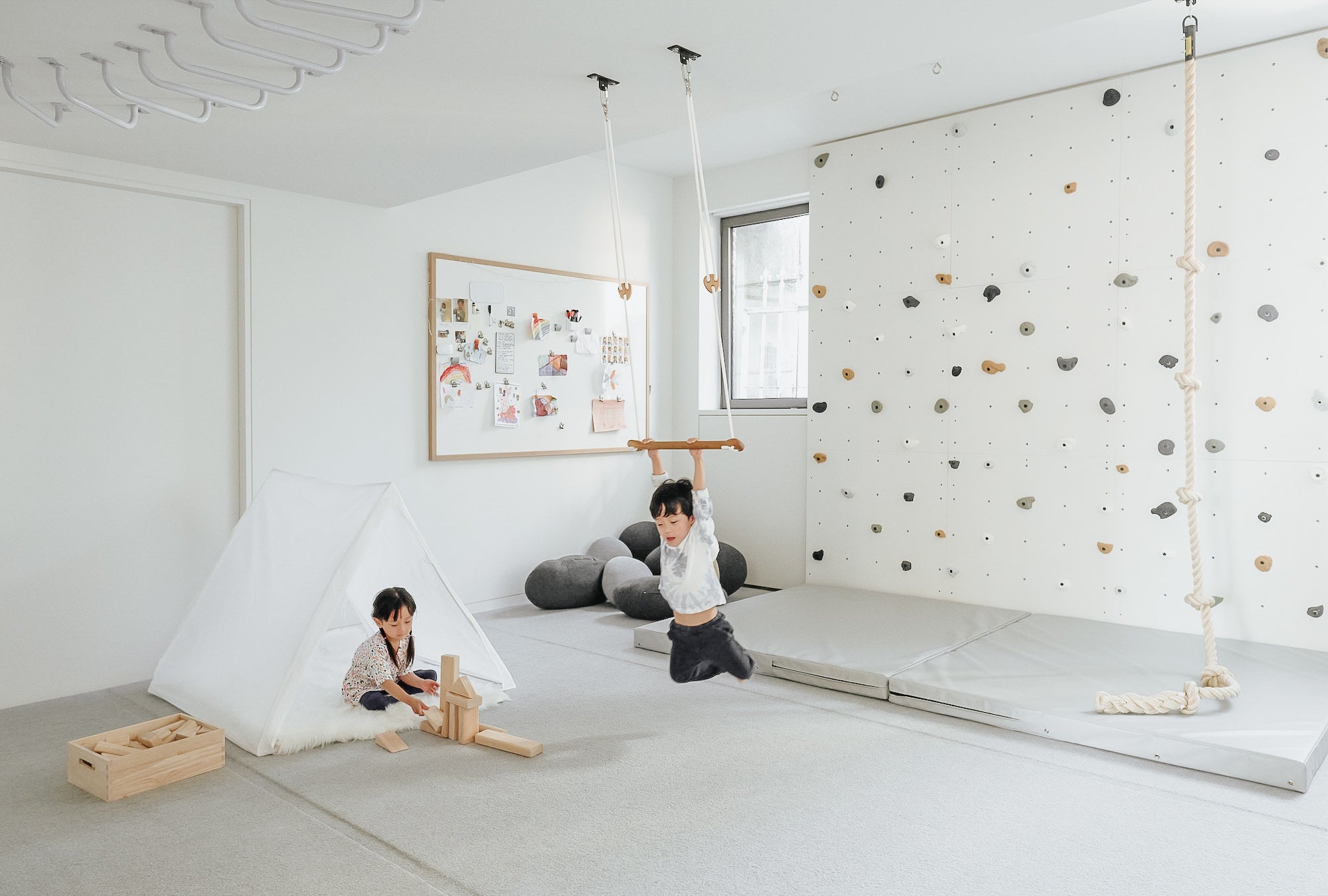
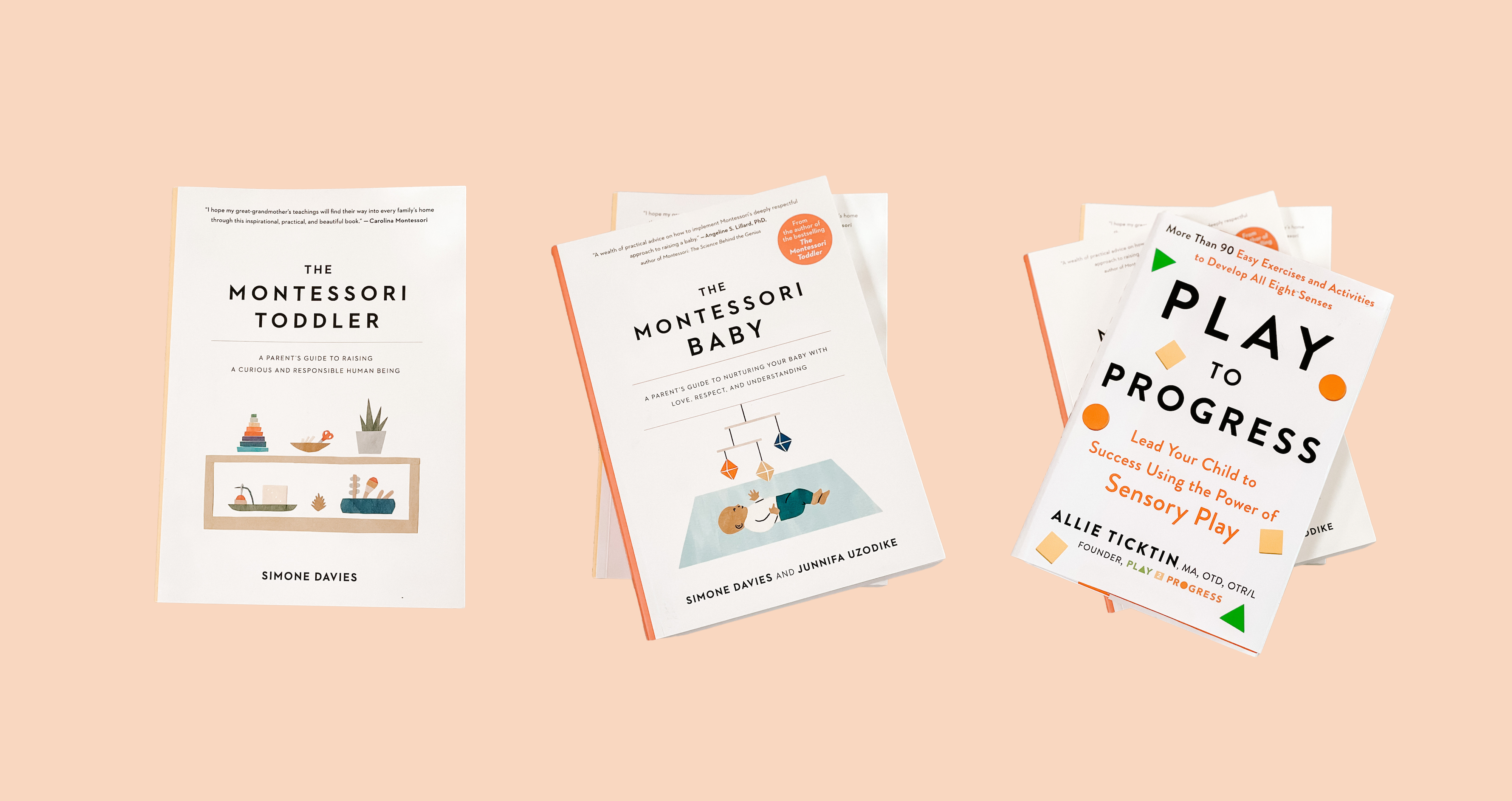

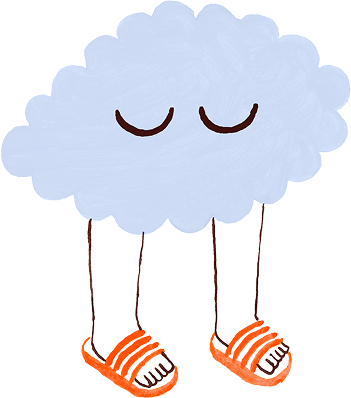
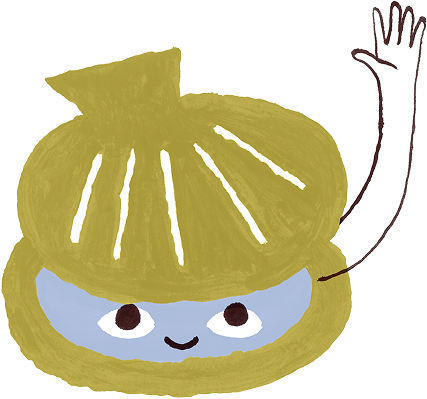

Leave a comment
This site is protected by hCaptcha and the hCaptcha Privacy Policy and Terms of Service apply.